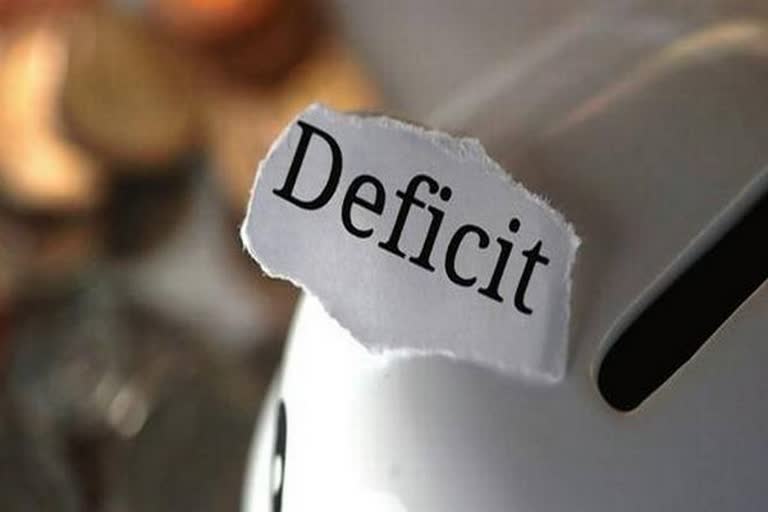New Delhi: Fitch Ratings on Wednesday said India's high fiscal deficit would pose a challenge in lowering the debt to GDP ratio, which is expected to remain above 90 per cent in the next five years.
It said India entered the pandemic with little fiscal headroom from a rating perspective. Its general government debt/GDP ratio stood at 72 per cent in 2019, against a median of 42 per cent for 'BBB' rated peers.
Fitch said the budget points to a loosening of fiscal policy to support the country's ongoing economic recovery from the pandemic and will consequently lead to a rise in public debt.
The debt/GDP trajectory is core to our sovereign rating assessment, meaning higher deficits and a slower consolidation path will make India's medium-term growth outlook take on a more critical role in our analysis, Fitch Ratings said in a statement.
It now expects public debt/GDP to rise above 90 per cent of GDP over the next five years, based on the revised budget targets. However, recent reforms and policy measures, including those announced in the budget, could also influence the rating agency's growth expectations and its debt trajectory forecasts.
Fitch estimated India to clock a 11 per cent growth in the fiscal beginning April and then grow at 6.5 per cent a year through to 2025-26 fiscal.
The agency had in June last year revised India's 'BBB-' rating outlook to negative from stable based on its assumptions of the likely impact of pandemic on public finance.
"The budget's deficit projections for the fiscal years ending March 2022 (FY22) to FY26 are about 1pp (percentage point) a year above our previous estimates between, which could make it more challenging to put debt/GDP on a downward trajectory," Fitch said.
India has exceeded its fiscal deficit target of 3.5 per cent in the current fiscal by a wide margin due to higher spendings to stimulate the economy amid the pandemic.
The fiscal deficit - the excess of government expenditure over its revenues - has been pegged at 9.5 per cent of the gross domestic product (GDP) in the current fiscal ending March 31, as per the revised estimate.
For the 2021-22 fiscal, beginning April 1, the deficit has been put at 6.8 per cent of the GDP, which will be further lowered to 4.5 per cent by 2025-26 fiscal ending March 31, 2026.
Fitch said the budget, presented in Parliament on February 1, has the potential to lift growth prospects. Higher expenditure will support the near-term recovery and increased infrastructure spending could boost sustainable medium-term growth rates.
Labour market and agricultural reforms that were legislated in September 2020 could also lift medium-term growth.
However, recent adverse court rulings have highlighted implementation challenges to these reforms, and there is a risk that fiscal spending could also fall short of planned levels. Meanwhile, the budget's proposed increases in import tariffs could dampen trade and economic growth, it said.
"Although there are implementation risks around aspects of the budget, we regard the government's overall fiscal projections as broadly credible.The budget's higher deficit forecasts are partly driven by positive steps toward greater transparency, as previously off-balance-sheet items, such as loans from the Food Corporation of India, have been brought on budget," Fitch added.
Fitch said the extent to which policy changes address weaknesses in India's financial sector will also influence the country's medium-term growth potential. "We believe the proposed injection of Rs 20,000 crore (USD2.7 billion) of new capital into state banks will be insufficient to alleviate the anticipated incremental stress on capital levels in 2021 and 2022. State banks are likely to continue to experience asset-quality problems, weak profitability and small capital buffers and, as a result, we project credit growth to remain soft in the absence of further government action".
The proposed establishment of an asset reconstruction company and an asset management company to deal with bad banking sector assets should be credit positive, dependent on the details of its structure and implementation.
(PTI)
Read more:GAIL Q3 profit rises 19 pc on uptick in petrochem margin
